Today’s blog post is one I call The Sweater That Failed: Why Fabric Choice is so Important–A Cautionary Tale. As you can tell from the title…I didn’t make a good fabric choice. Sad, right? Let’s make sure you don’t do the same.

So many times we have a vision in our heads about using a specific fabric with another specific pattern. And while it can work many times, I’m here today to plead with you to take the fabric recommendations listed on the pattern seriously.
If you’re new to sewing–follow them exactly. If you’ve sewn for many years and know how to counteract the differences between fabrics–proceed with caution. I proceeded recklessly, and you can see what happened.
Finding Fabric Choice Recommendations
So where do you find the fabric choice recommendations in your pattern? Well, if you’re using a tissue pattern from one of the Big 4, you’ll find it on the back of the envelope here:

And if you’re using a PDF pattern, it’s usually somewhere in the beginning introduction pages.

The Crossroads Sweater pattern from Winter Wear Designs recommended “stable knit fabrics” including “French terry, brushed hack, brushed thermal knits, and thicker ribbed sweater kits with good recovery.” It also said to avoid “rayon blends, open weave sweater knits, and other knits that grow as they are sewn.”
Quick Tip: I like to use the PDF search function by pressing Command+F and then typing in what I’m looking for in the search bar at the top. It’s much faster than trying to look everywhere for a quick piece of information.
The fact that there were such specific things to watch out for should have set off an alarm in my mind as I chose a soft, thin, rayon blend. I know, you see where this is going and I haven’t even begun sewing. I didn’t take into account the reason I needed a stable, thicker knit.
So needless to say, things started to get a little crazy right off the bat. Besides the fact that I was sewing distracted and sewed the collar on wrong TWICE, my seams were pretty wavy but I went on. Um, there’s nothing stable about this particular sweater knit I discovered.
So, Why Doesn’t It Work?
Basically, everything went wrong because I didn’t start out right.

But I finished, and then I put it on. Um, yeah. I’m embarrassed to even show you these photos, but I’m hoping you’ll see this disaster and it will help you avoid your own. I worked for several minutes to get the sweater to lay flat, but as soon as I moved I knew it was a lost cause.
This sweater knit has way too much drape and no stability which means that the collar doesn’t lay nicely, it tends to flop and drape in all the wrong places–see all those vertical lines along the front of the collar? This sweater knit just can’t stay flat because of the rayon. The heavier, stable knit would have laid over the shoulder beautifully (like you can see in the pattern photo).

Can you see how the back collar pulls? Again, no stability. It’s not heavy enough to retain its shape in even this simple application.
I’m sad–this sweater pattern is so beautiful (when done correctly) and I really do enjoy sewing Suzanne’s patterns up–they have great finishes and great instructions (i.e. this fail is 100% on me).
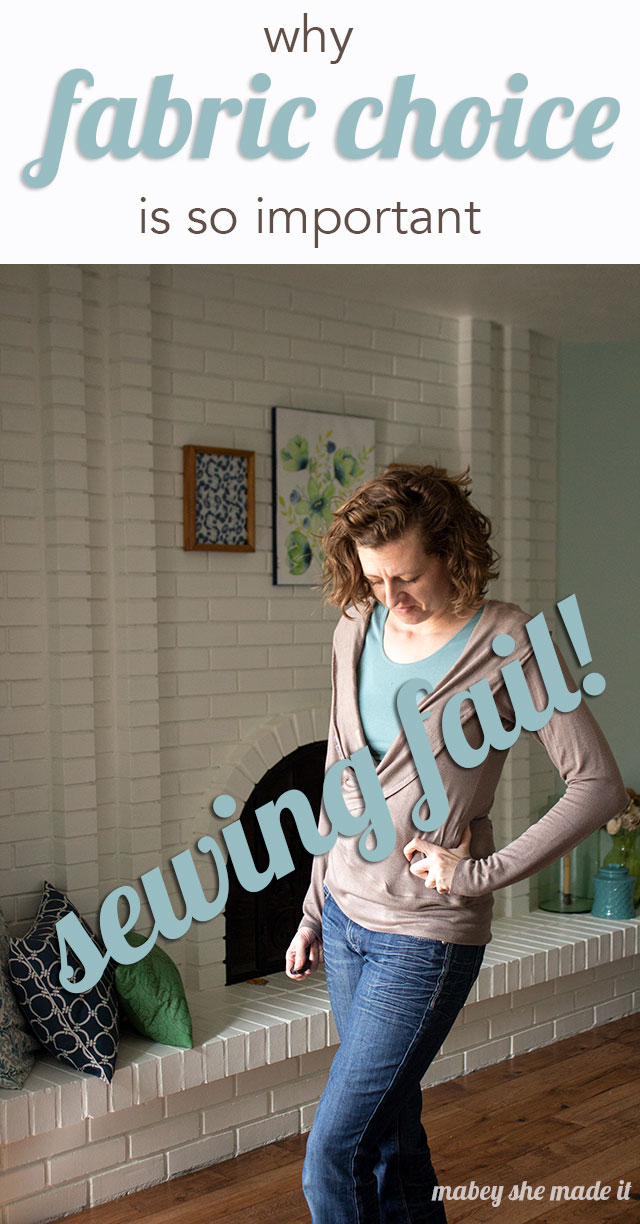

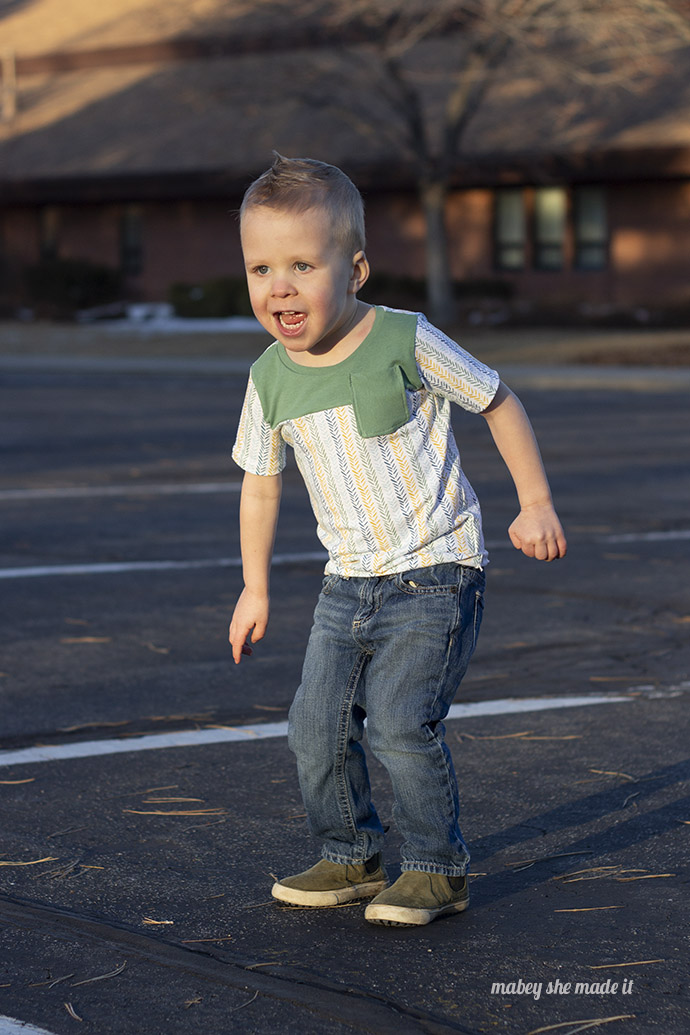
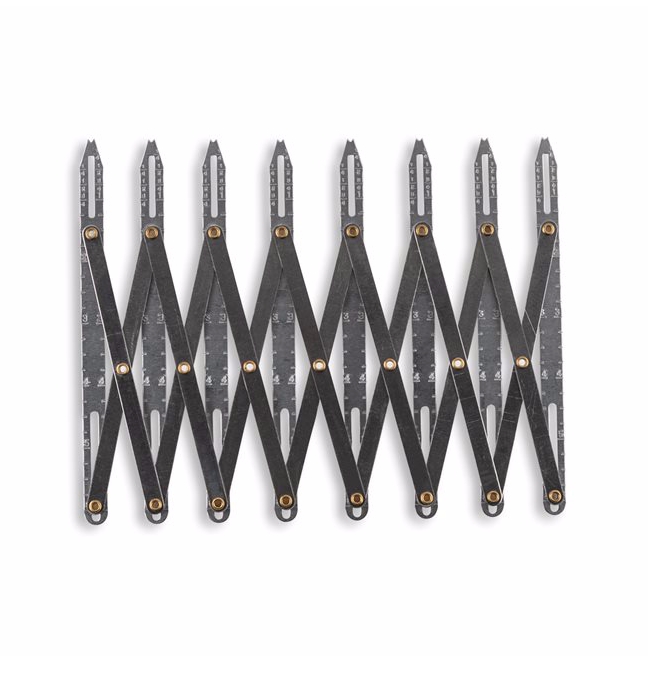
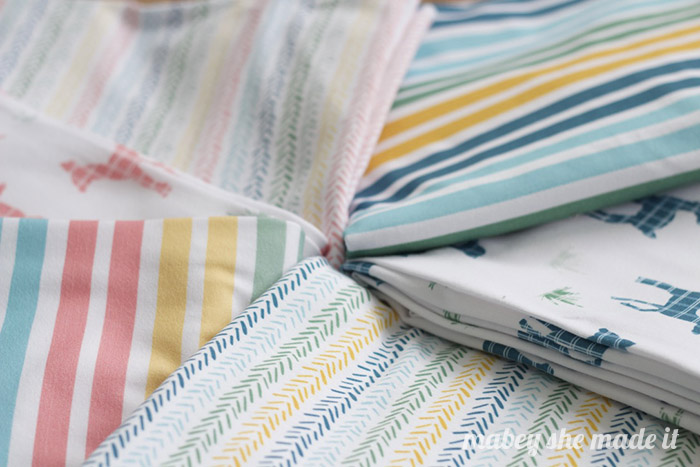
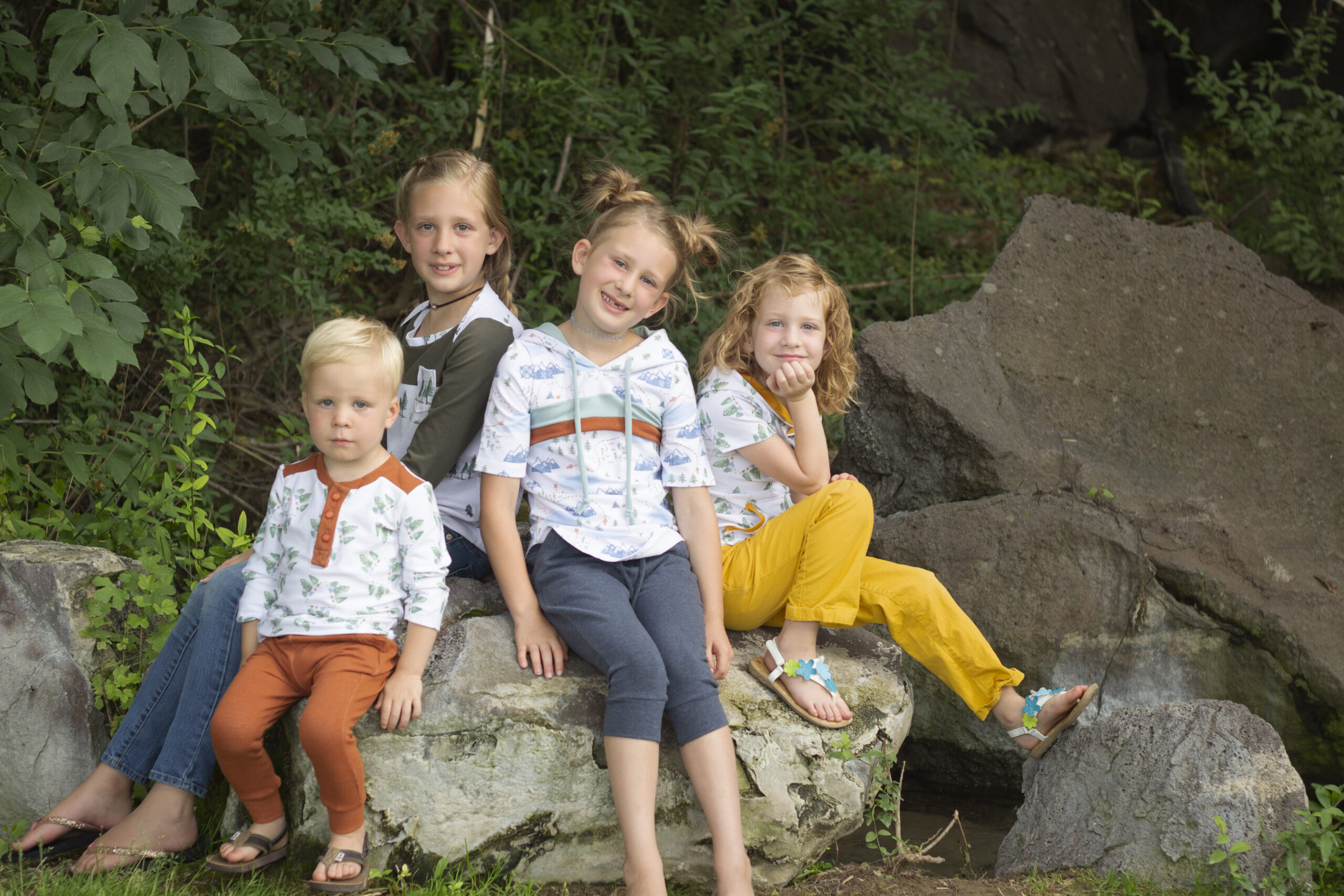
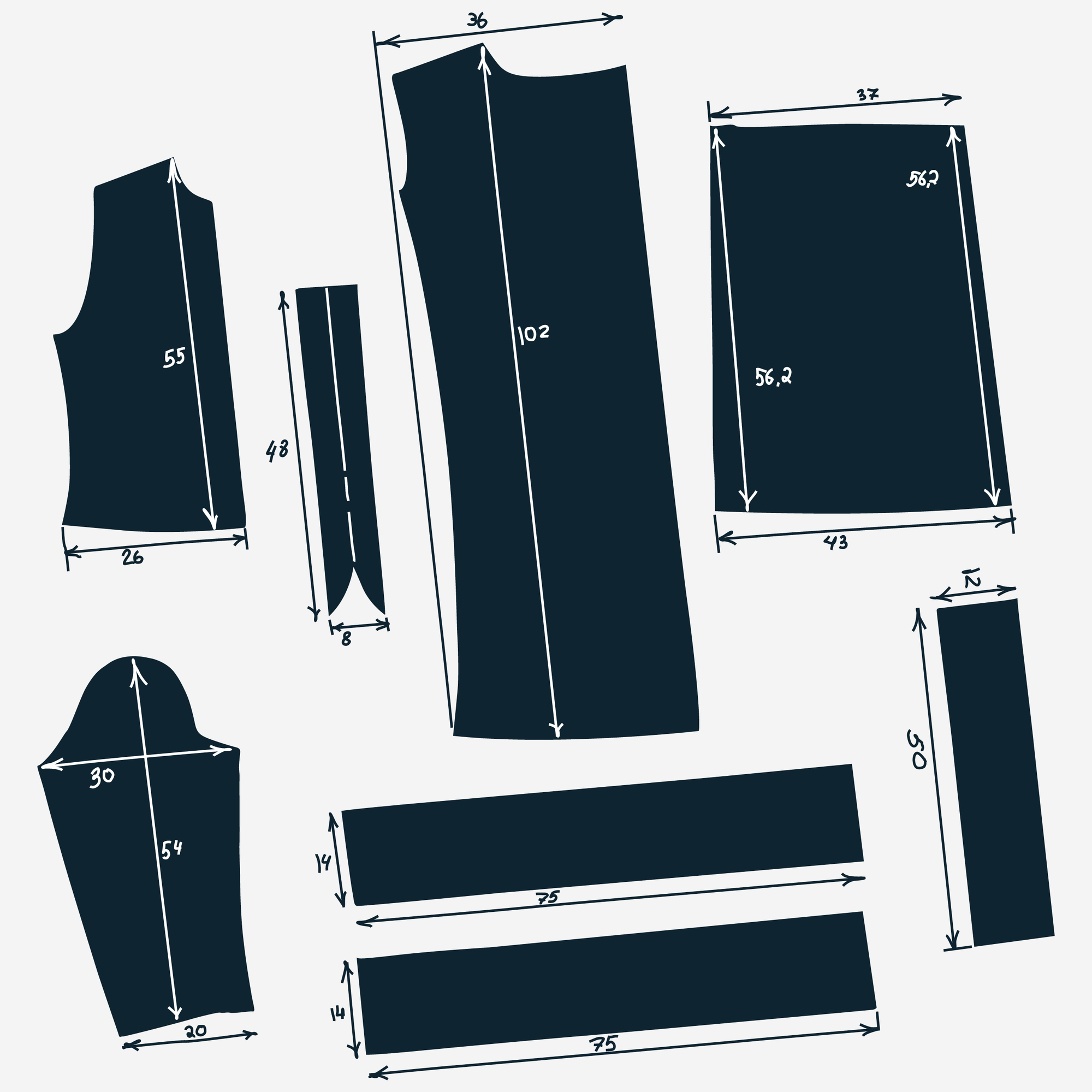
I'd love to hear your thoughts–leave me a comment!